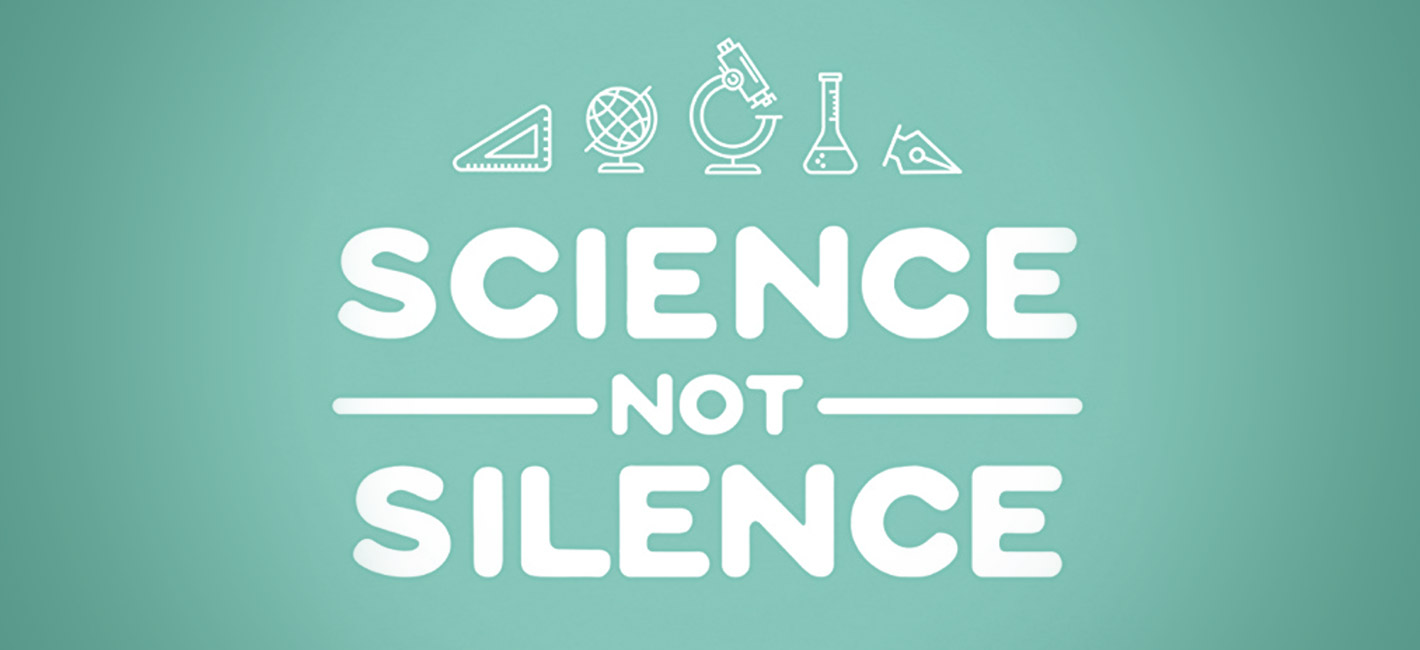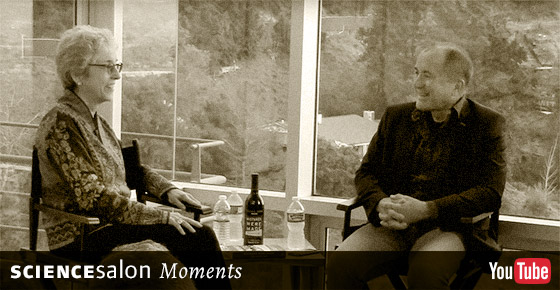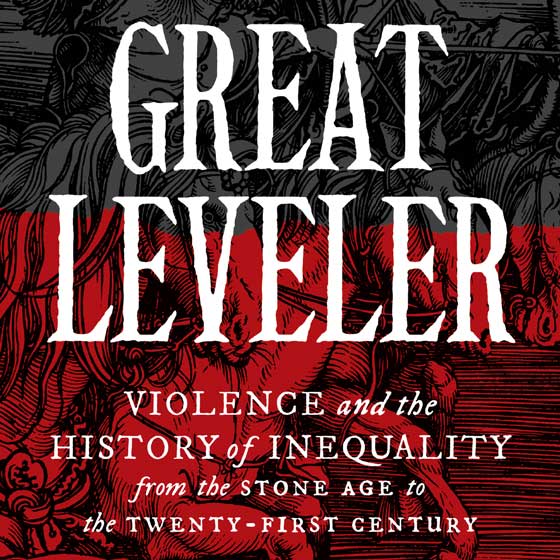In this week’s eSkeptic:
MARCH FOR SCIENCE
Science Makes America Great
Read and watch Michael Shermer’s live address at Pershing Square, LA at the March for Science, which took place on April 22, 2017. Michael urged President Donald Trump to consider the vital role science plays in our lives.
CAROL TAVRIS
Why Don’t Politicians Apologize?
Kennedy’s apology worked for him, so why are so many politicians scared of admitting they’re wrong? These clips appeared in Science Salon #10, with Dr. Carol Tavris, based on her book Mistakes Were Made (But Not by Me).
Stay informed and get more free science and skepticism video content by subscribing to Skeptic’s YouTube Channel.
SCIENCE SALON #13: JUNE 11 @ 2PM
Dr. Walter Scheidel — The Great Leveler: Violence and the History of Inequality from the Stone Age to the 21st Century

Are mass violence and catastrophes the only forces that can seriously decrease economic inequality? To judge by thousands of years of history, the answer is yes. Tracing the global history of inequality from the Stone Age to today, the Stanford University historian Walter Scheidel shows that inequality never dies peacefully. Inequality declines when carnage and disaster strike and increases when peace and stability return. The Great Leveler is the first book to chart the crucial role of violent shocks in reducing inequality over the full sweep of human history around the world.
Ever since humans began to farm, herd livestock, and pass on their assets to future generations, economic inequality has been a defining feature of civilization. Over thousands of years, only violent events have significantly lessened inequality. The “Four Horsemen” of leveling—mass-mobilization warfare, transformative revolutions, state collapse, and catastrophic plagues—have repeatedly destroyed the fortunes of the rich. Scheidel identifies and examines these processes, from the crises of the earliest civilizations to the cataclysmic world wars and communist revolutions of the twentieth century. Today, the violence that reduced inequality in the past seems to have diminished, and that is a good thing. But it casts serious doubt on the prospects for a more equal future.
An essential contribution to the debate about inequality, The Great Leveler provides important new insights about why inequality is so persistent—and why it is unlikely to decline anytime soon.
Order The Great Leveler from Amazon.
Call 1-626-794-3119 to reserve your seats.
SKEPTICISM 101 RESOURCE
The Baloney Detection Kit Sandwich (Infographic)
For a class project, 11th grade physics students Deanna and Skylar (High Tech High Media Arts, San Diego, CA) created a one-page infographic inspired by Michael Shermer’s Baloney Detection Kit: a 16-page booklet designed to hone your critical thinking skills. The booklet includes suggestions on what questions to ask, what traps to avoid, specific examples of how the scientific method is used to test pseudoscience and paranormal claims, and a how-to guide for developing a class in critical thinking.

In last week’s eSkeptic, we published the cognitive psychologist Diane Halpern’s critique of Charles Murray and Richard Herrnstein’s book The Bell Curve: Intelligence and Class Structure in American Life. Dr. Halpern is one of the world’s leading scientists in the study of cognitive differences, including both race and gender, and she herself has encountered controversy for just daring to study the subject.
In this week’s eSkeptic, we republish the late U.C. Berkeley anthropologist Vince Sarich’s article, “In Defense of The Bell Curve: The Reality of Race and the Importance of Human Differences.” Sarich was also a very controversial scientist for his research on race and group differences, from which he never backed down.
At Skeptic magazine, there are no sacred cows, no ideas too hot to touch. It is our belief that truth will win out in the bright light of open discussion, debate, and disputation. After reading both articles, judge for yourself how to think about the bell curve.
In Defense of the Bell Curve:
The Reality of Race and the Importance of Human Differences
by Vincent M. Sarich
The Bell Curve and the many commentaries on it have brought several issues into an often uncomfortably sharp focus. Though race is by no means the most important of these, the historical baggage the term carries and the reality it symbolizes, require us to get past it before we are able to deal with more substantive matters. Yet that same baggage and those same realities often raise emotional barriers so powerful that they defy facts, reason, and logic.
Many commentators would have us believe that The Bell Curve is obsessed with race, and thereby provide a prime exemplar of pots, kettles, and blackness, evidenced in the following quote from the sociologist Alan Wolfe: “Murray and Herrnstein may not be racists, but they are obsessed by race. They see the world in group terms and must have data on group membership.” This is an interesting charge, says Charles Krauthammer (1994), “given the fact that for the last two decades it is the very liberals who so vehemently denounce Murray who have been obsessed by race, insisting that every institution—universities, fire departments, Alaskan canneries—must have data on group membership.”
We can begin this trip out of political correctness by noting that on genetic grounds alone there can be no doubt of the existence of a substantial number of human races. Races are, if you wish, fuzzy sets.
It is the liberals who have oppressively insisted that we measure ethnic “over-” and “underrepresentation” in every possible field of human endeavor. Here is a liberal establishment forcing racial testing for every conceivable activity, and when a study comes along which does exactly that for SATs and IQ, the authors are pilloried for being obsessed by race.
No one who has actually read The Bell Curve could honestly document any such obsession. But, by the same token, no one even moderately conversant with the American society of the last 20 to 30 years could deny the accuracy of Krauthammer’s assertion that “it is the very liberals who so vehemently denounce Murray who have been obsessed by race.”
Further, it is these “very liberals” who deny that there is any significant genetic, biological, and evolutionary substance to race, and argue that it is, in effect, nothing more than a social and cultural construct. This view is epitomized in a recent story in Time (January 16, 1995), that carries the subtitle: “A landmark global study flattens The Bell Curve, proving that racial differences are only skin deep.” The reference is to The History and Geography of Human Genes, a recent, massive compilation and analysis of human gene frequency data (Cavalli-Sforza, et al., 1994). The story is an honest summation of that work—given that the genetic distances among human races are minimal, and that sections 1.5 and 1.6 of the book are entitled “Classical Attempts to Distinguish Human ‘Races’,” and “Scientific Failure of the Concept of Human Races.” One looks in vain, however, in both the Time piece and the book on which it is based for any definition of the term “race.” This omission is typical of race-debunking efforts. They never bother to define what it is that they are debunking. So let’s start there. […]
















